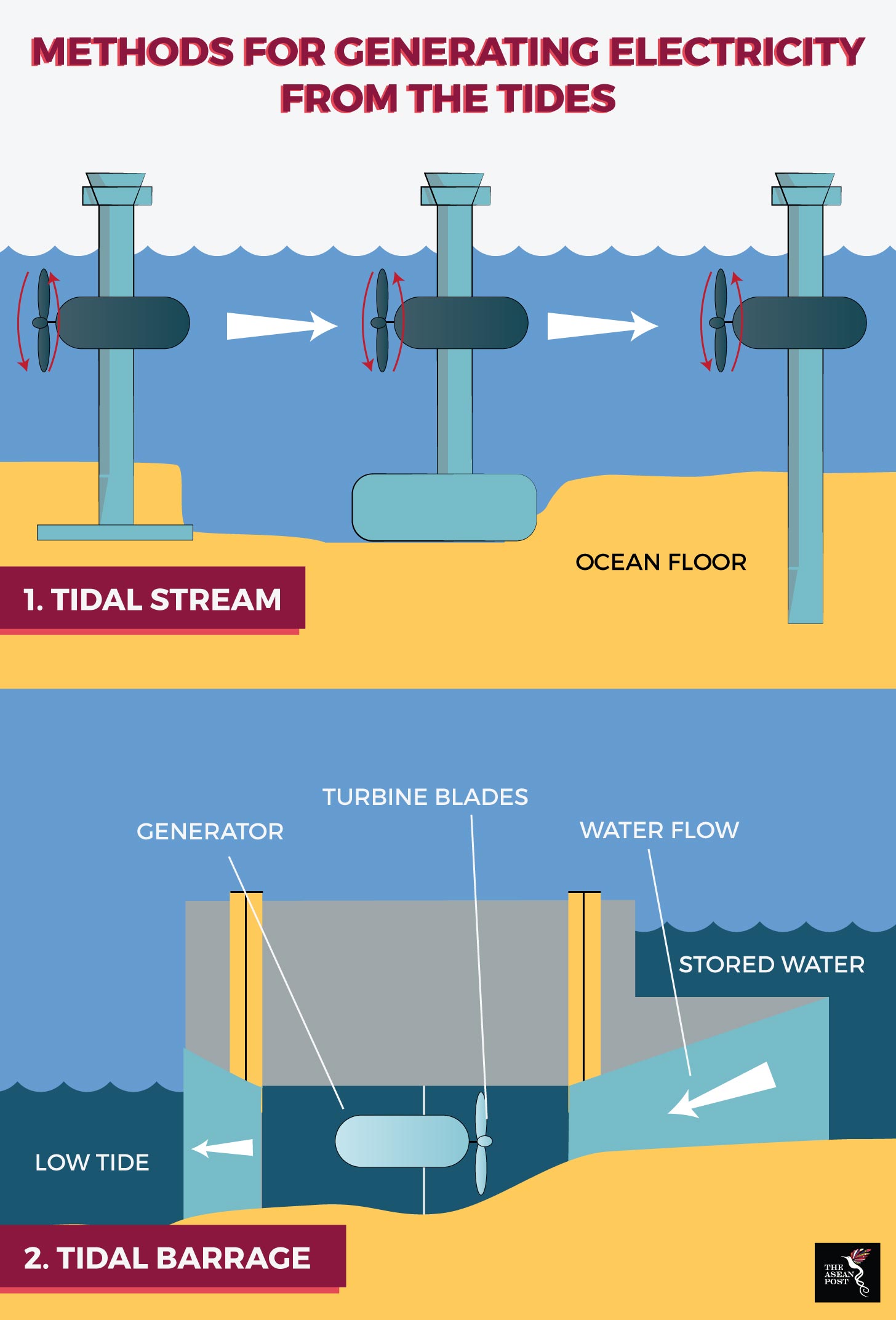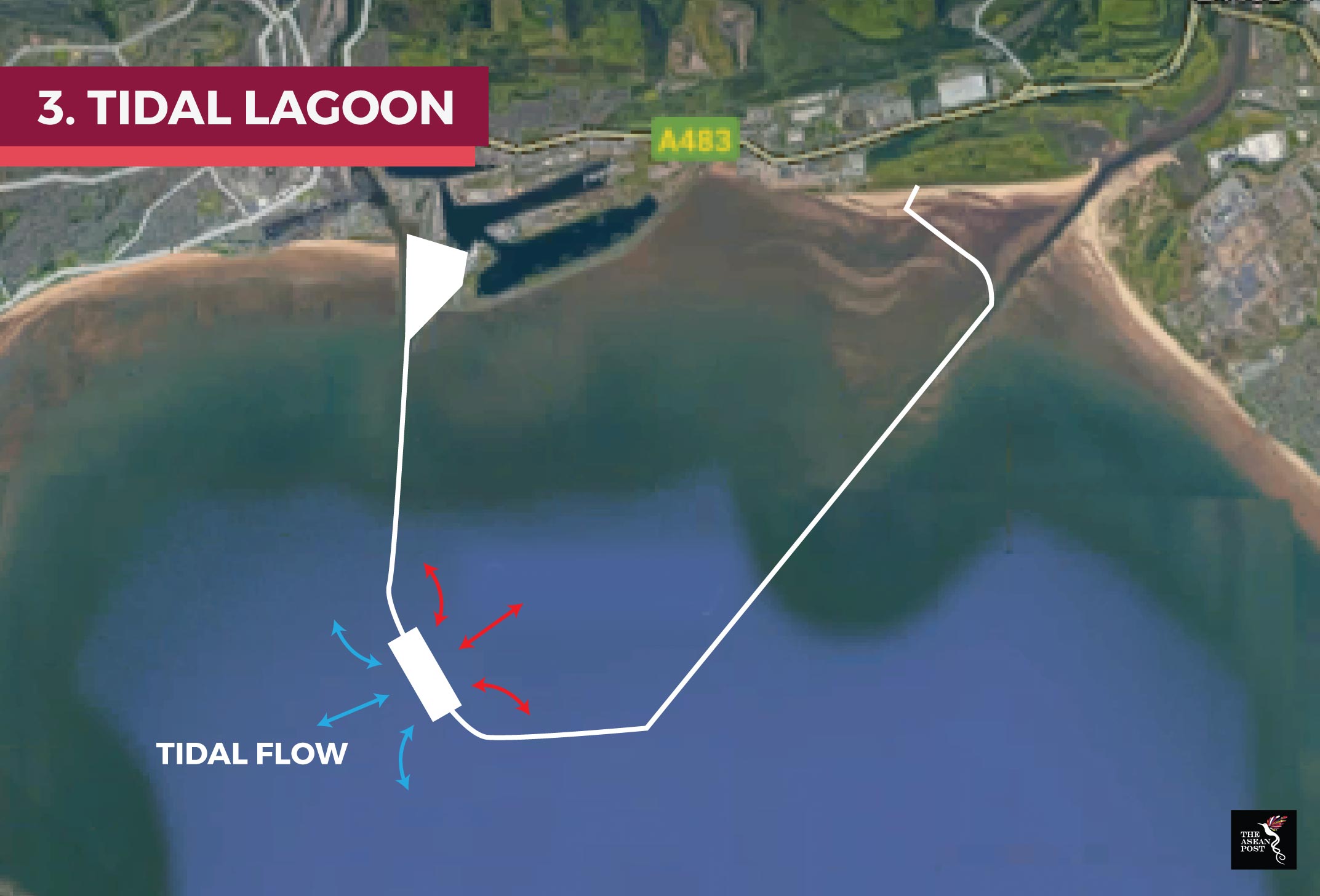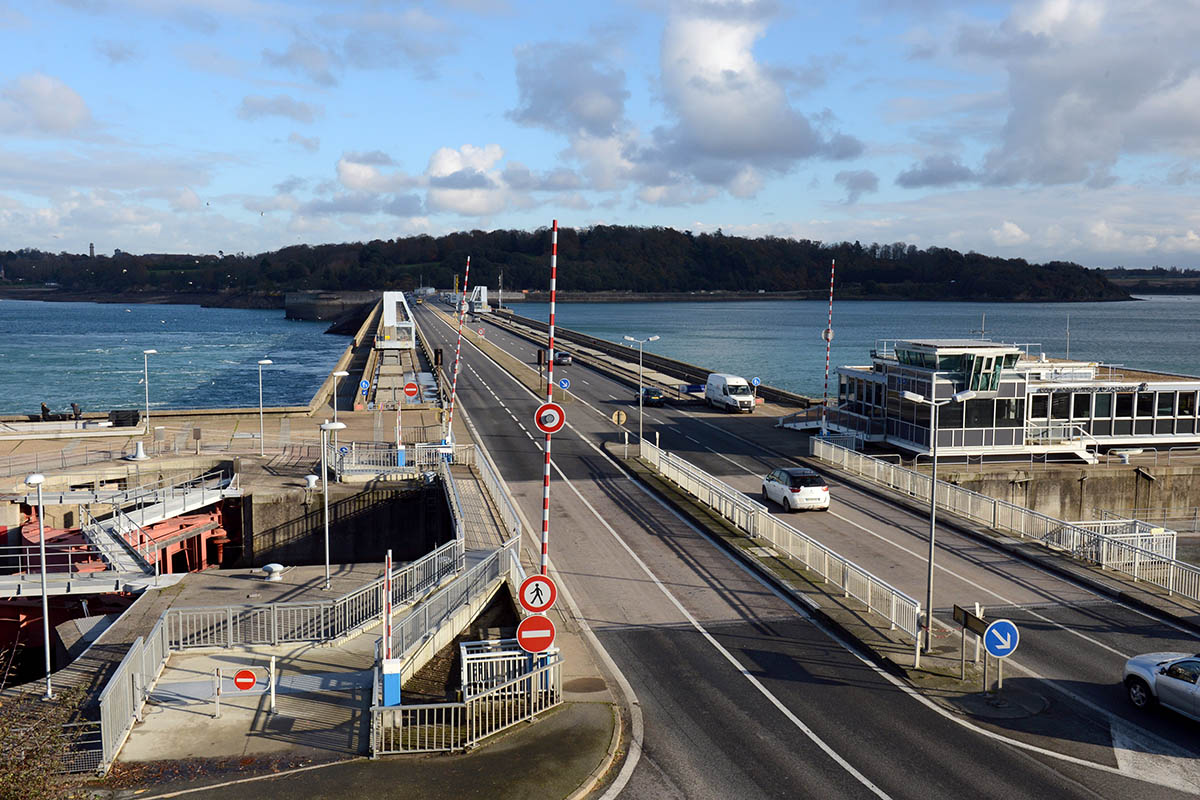ASEAN is currently facing some dilemmas on renewable energy as they have to focus on the need to deliver secure energy, grow consistently, and also develop in a sustainable way. According to a research paper from the Journal of Ocean Engineering and Marine Energy in January 2018, fossil fuel producing countries like Malaysia are looking increasingly to renewable and sustainable energy sources and particularly those that can be used in rural electrification. The research paper suggests that tidal stream energy might be an attractive choice for Southeast Asian countries as opposed to other forms of renewable energy. However, currently there has been no robust assessment of this renewable energy option.
Pros and cons of tidal energy
The world’s first and oldest large-scale tidal power plant with 240 MW installed capacity took six years to complete from 1960 to 1966 and is located in La Rance, France. The Sihwa Lake Tidal Power Station is another tidal power plant located in South Korea which cost US$560 million to build and claimed the title of world’s largest tidal power plant in August 2011 with a capacity of 254 MW. With these two gigantic tidal power plants in France and South Korea as successful examples, the time may be right for us to understand the pros and cons of tidal energy and see if it is a viable option for the region.
According to the Energy Business Review (EBR) in March 2017, there are a few pros and cons to harnessing tidal energy. Firstly, it is definitely renewable as power is derived from tidal waves which result from the gravitational pull of the sun and the moon and the earth’s rotation on its axis. Next, it is environmentally friendly as tidal power generation emits no harmful gases into the atmosphere. The occurrence of tidal currents is much easier to predict compared to wind and solar energy. Hence, the scope of a tidal energy project can be measured accurately based on the formation of high and low tides during certain cycles.
On the other hand, there are a few drawbacks for tidal power projects such as it will damage marine life, as the tidal turbines’ rotating blades may harm living creatures. Furthermore, the pollution caused by the power plant can also affect water quality and sediment processes which could lead to surrounding aquatic habitats being seriously damaged. The installation of a tidal barrage system may also result in a change to the shoreline, preventing the flow of water in and out of the bay. As a result, reduction in saltwater may occur resulting in the destruction of marine life.


Possibilities across the region
The EBR states that site availability constraints have forcefully limited the development of tidal plants, but a quick look around Southeast Asia shows that there is potential given the numerous seas surrounding the region. For example, we have the South China Sea, the Gulf of Thailand, Sulu Sea, Celebes Sea, Straits of Malacca, Singapore Strait and others.
French energy development company, Sabella SaS and Filipino company H&WB Asia Pacific Corporation are currently in partnership with the aim to build the first ocean tidal power plant project in Southeast Asia. Construction for this project started in mid-2017 as reported in the Philippine News and is projected to be completed in 2019.
This power plant is expected to provide 1.5 MW of electricity to local residents around the San Bernardino strait located north of the Capul Islands, Northern Samar and it is estimated to cost US$25 million as mentioned by Kit Buenaventura, general manager for renewable energy projects, H&WB Asia Pacific Corporation.
Likewise, a Singapore-based clean-technology investment company, ENVIRONTEK hopes to become a leader for in-stream tidal energy project development in Southeast Asia. ENVIRONTEK is backed by the expertise of UK based clean energy developer, Sustainable Marine Energy (SME), and Schottel Hydro from Germany that is responsible for the new floating tidal energy known as PLAT-I according to Tidal Energy Today, April 2017.
“To date, tidal energy has not been considered a viable source of energy in Southeast Asia. The technology that we are working on with our partners will make deployment in the region a commercial reality,” explained Michael Lochinvar S. Abundo, managing director of OceanPixel, another Singapore-based innovation company to Tidal Energy Today.
Tidal energy may still be uncommon to Southeast Asia but we cannot deny its potential to fill in the gap for renewable energy generation in the future. Although the idea of harnessing tidal power is still at a nascent stage, the potential of this renewable energy source cannot be ignored as it may play a prominent role in Southeast Asia’s energy mix.
